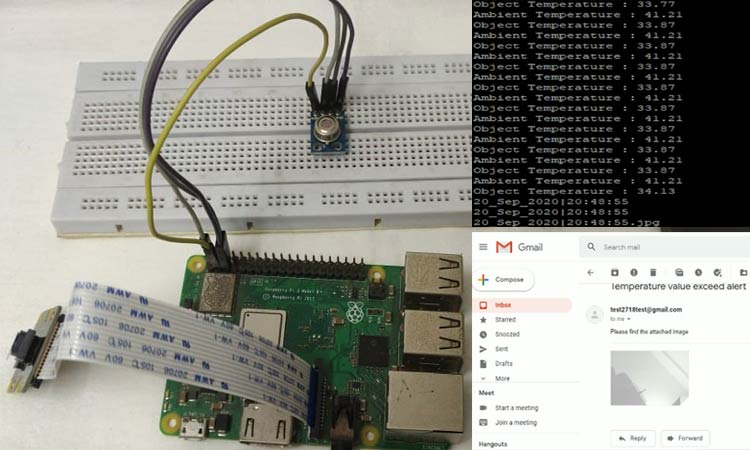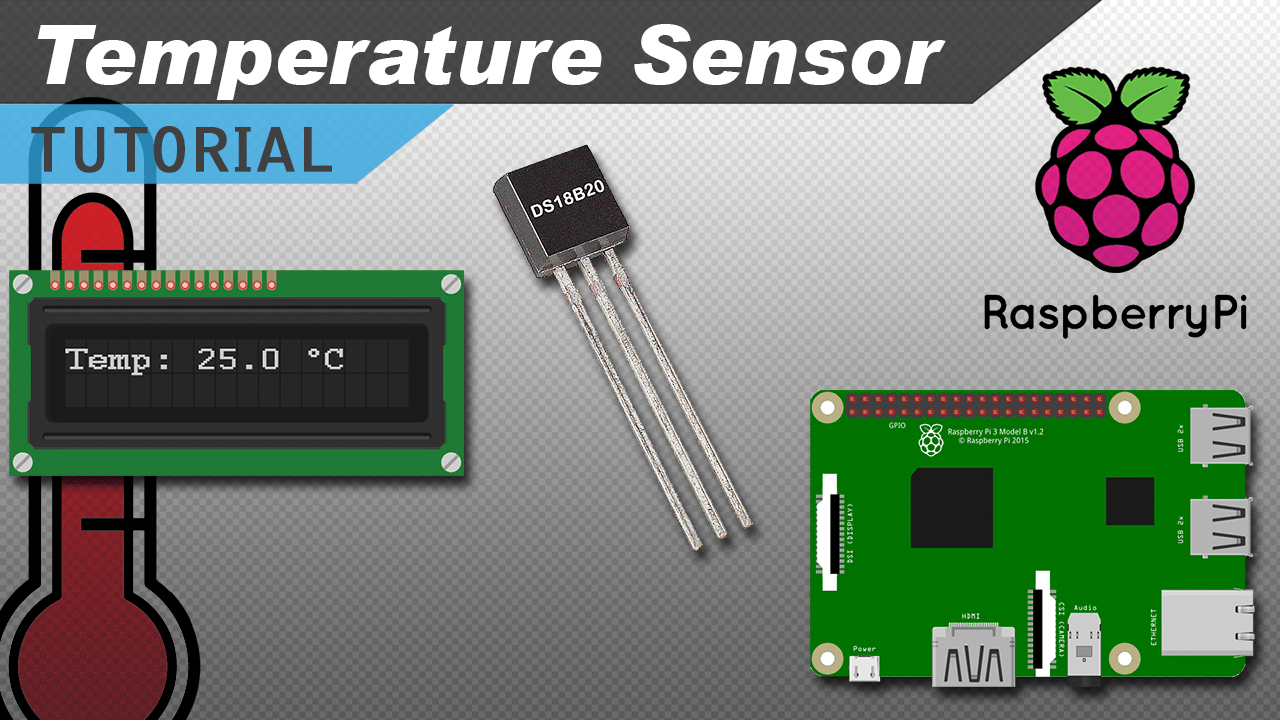How to Use a Temp Sensor with Raspberry Pi

Monitoring temperature with a Raspberry Pi is a popular project for both hobbyists and professionals. Whether you’re building a smart home system, a weather station, or an industrial monitoring solution, integrating a temp sensor with your Raspberry Pi is a straightforward process. This guide will walk you through the steps to set up and use a temp sensor with your Raspberry Pi, ensuring you can accurately measure and log temperature data. (Raspberry Pi temperature sensor, temp sensor setup, IoT projects)
Why Use a Temp Sensor with Raspberry Pi?

The Raspberry Pi is a versatile single-board computer that can be paired with various sensors to create powerful IoT applications. A temperature sensor, in particular, allows you to monitor environmental conditions, automate tasks based on temperature thresholds, or log data for analysis. Popular sensors like the DS18B20 or DHT11/DHT22 are widely used due to their affordability and ease of integration. (IoT applications, DS18B20 sensor, DHT11 sensor)
Required Components

Before you begin, ensure you have the following components:
- Raspberry Pi (any model)
- Temperature sensor (e.g., DS18B20, DHT11/DHT22)
- Jumper wires
- Breadboard (optional)
- Power supply for Raspberry Pi
(Raspberry Pi components, temperature sensor types, IoT hardware)
Step-by-Step Guide to Setting Up a Temp Sensor

Step 1: Connect the Temp Sensor to Raspberry Pi
Connect your temperature sensor to the Raspberry Pi GPIO pins. For the DS18B20, connect the sensor as follows:
- VCC to 3.3V
- GND to GND
- Data pin to GPIO4 (physical pin 7)
- Add a 4.7kΩ pull-up resistor between VCC and the data pin
For DHT11/DHT22, connect VCC to 3.3V, GND to GND, and the data pin to GPIO4. (GPIO pinout, DS18B20 wiring, DHT22 wiring)
Step 2: Enable the Sensor in Raspberry Pi
For the DS18B20, enable the 1-Wire interface on your Raspberry Pi:
- Open the Raspberry Pi terminal.
- Run
sudo nano /boot/config.txtand adddtoverlay=w1-gpio. - Save and reboot with
sudo reboot.
For DHT11/DHT22, install the Adafruit DHT library using pip install Adafruit_DHT. (Raspberry Pi terminal, 1-Wire interface, Adafruit DHT library)
Step 3: Write a Python Script to Read Temperature
Create a Python script to read temperature data. For DS18B20:
import os
base_dir = ‘/sys/bus/w1/devices/’
device_folder = os.listdir(base_dir)[0]
device_file = os.path.join(base_dir, device_folder, ‘w1_slave’)
def read_temp():
with open(device_file, ‘r’) as f:
data = f.readlines()
return float(data[1].split(“=”)[1]) / 1000
print(read_temp())For DHT11/DHT22:
import Adafruit_DHT
sensor = Adafruit_DHT.DHT22
pin = 4
humidity, temperature = Adafruit_DHT.read_retry(sensor, pin)
print(f”Temperature: {temperature}°C”)(Python scripting, temperature reading, sensor data logging)
💡 Note: Ensure your Raspberry Pi is properly grounded to avoid inaccurate readings.
Quick Checklist for Setting Up a Temp Sensor

- Gather all required components.
- Connect the sensor to the Raspberry Pi GPIO pins.
- Enable the necessary interfaces (1-Wire for DS18B20).
- Install required libraries (Adafruit_DHT for DHT11/DHT22).
- Write and test the Python script for temperature reading.
(Temperature sensor checklist, Raspberry Pi setup, IoT checklist)
Integrating a temp sensor with your Raspberry Pi is a simple yet powerful way to monitor environmental conditions. By following these steps, you can set up your sensor, write a Python script to read temperature data, and even expand your project to include data logging or automation. Whether you’re a beginner or an experienced maker, this project is a great way to explore the capabilities of your Raspberry Pi. (Raspberry Pi projects, temperature monitoring, IoT tutorials)
Which temperature sensor is best for Raspberry Pi?
+
The DS18B20 and DHT11/DHT22 are popular choices due to their ease of use and compatibility with Raspberry Pi. (Best temp sensor, DS18B20 vs DHT22)
Can I use multiple temp sensors with one Raspberry Pi?
+
Yes, you can connect multiple DS18B20 sensors to the same GPIO pin, as each sensor has a unique ID. For DHT sensors, you’ll need separate GPIO pins. (Multiple sensors, GPIO pins)
How accurate are Raspberry Pi temperature sensors?
+
Most sensors like DS18B20 and DHT22 offer accuracy within ±0.5°C, suitable for most applications. (Sensor accuracy, temperature precision)



